Have you ever experienced finding animal skulls and bones when you went out for a hike in the mountains or woods?
Hikers often find skulls during Spring and Summer, as animals of all sorts of species die of cold and hunger during winter months.
Skulls may just seem like they’re a piece of junk buried beneath the soil, but they can tell you a lot of information about the kind of animal that the skull came from.
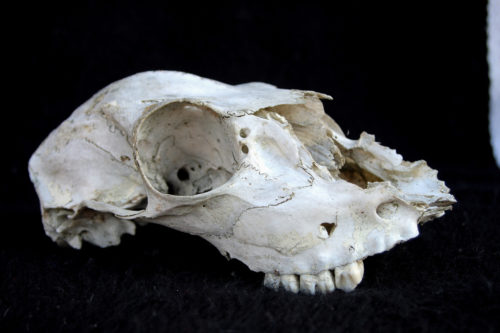
Examination of skull size, eye location, teeth and other characteristics can tell you a lot about what type of animal it was.
By examining the size of the skull, as well as its teeth and the position of certain parts, you can distinguish a predator species from a prey species.
You would also be able to tell whether it walked upright or it crawled on all four legs. You can even determine what types of food the animal ate.
So, let’s take a look at some questions Below are some things to consider when trying to identify various mammal skulls.
Location Of Orbits / Eye Sockets
You can tell whether the skull you’re holding belonged to a predator species or a prey species just by looking at certain characteristics of the skull. The key characteristic that you should check is the location or position of the orbits or eye sockets in the skull.
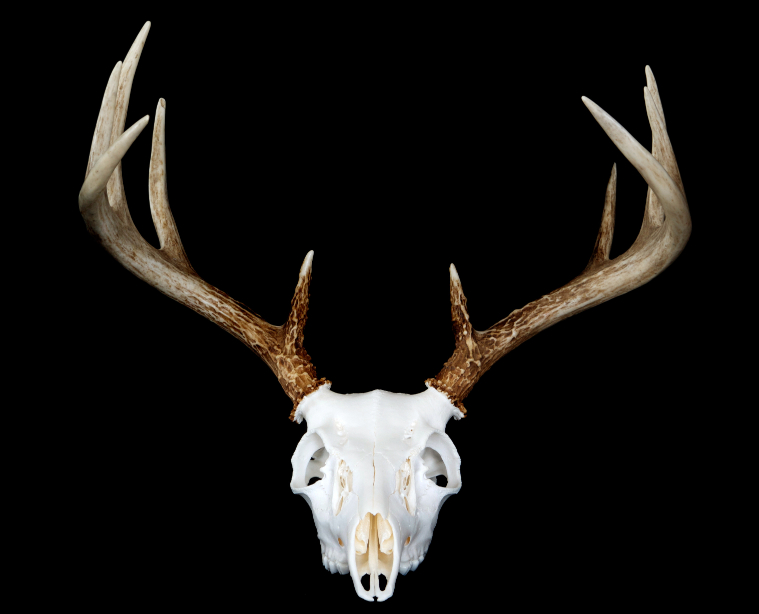
Eye sockets on the sides of a animal skull would imply that it belonged to a preyed upon animal, such as a deer, which has wide peripheral vision that is helpful in watching out for potential predators.
If the orbits or eye sockets are located in front of the skull, then it’s more likely that the animal belonged to a predator species. Having eyes in front means that the animal had binocular vision. This is the kind of vision that gives them depth perception when they survey their surroundings.
Predators need depth perception to figure out the distance of their prey and catch them.
If the orbits or eye sockets are located to the sides of the skull, it’s more likely that what you have in your hands is the skull of an animal which was part of a prey species.
Having eyes to the sides of the skull means the animal had wide peripheral vision. This allows a wide range of view which helps a prey animal watch out for potential threats of any predator trying to make a sneak attack.
#ad
Location Of Foramen Magnum
You can also tell whether an animal walked upright or on all four legs just by looking at the position or location of its foramen magnum.
The foramen magnum is the hole in the skull through which the spine makes its entry. Based on the position of its foramen magnum, you’d be able to infer how the animal moved.
If the foramen magnum is located under the skull or at its very bottom, this means that the animal had the ability to walk upright as humans do.
A foramen magnum hole positioned at the bottom of the skull means that the spine entered the bottom of the skull in a vertical position. This can only mean that the animal’s spine was vertical and upright most of the time when it moved.
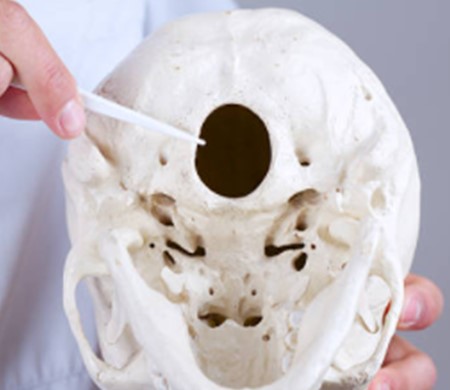
The foramen magnum, as shown here, is where the spine enters the skull, and it’s position can give clues about whether the animal walked upright or on all fours.
Some examples of animals that can walk upright are bears, ostriches, flamingos and gorillas, among others.
If the foramen magnum is located at the back of the skull, this means that the animal most likely roamed the earth on all its four limbs and legs as foxes and dogs do.
A foramen magnum located at the back of the skull reveals that the spine’s entry was in a horizontal manner. This means that the animal’s spine was often parallel to the skull and to the ground most of the time when it moved. This is the kind of skull that most quadrupedal (four-legged) animals have.
The Teeth
You can identify whether you’re holding the skull of an herbivore, carnivore, or omnivore, based on its teeth.
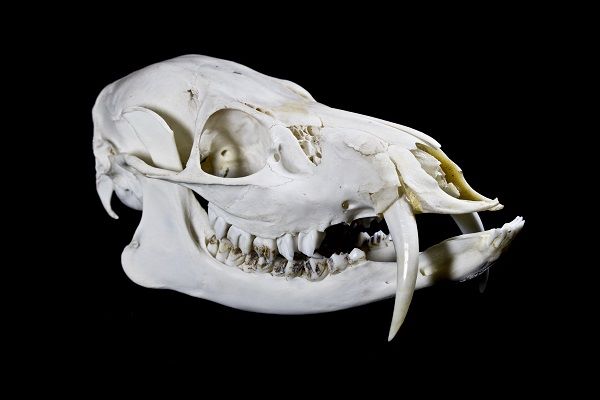
Carnivores will have premolars, molars, canines and incisors, whereas herbivores will have only 2 or 3 of the four types. (skull pictured is a musk deer, also called a vampire deer).
The four major kinds of teeth are canines, premolars, incisors, and molars.
Keep in mind that herbivores have two or three of these types of teeth. On the other hand, all four kinds are found in carnivores.
- Premolars: These are bicuspid teeth in mammals. There are usually eight of them. They’re often arranged in pairs on the left and right side of both the upper and the lower jaws. They’re positioned in the middle of canines and molars. Their main function is to cut and grind food.
- Molars: These are broad, flat crowns. They’re found behind the premolars. Their primary function is to grind food.
- Canines: These are pointed teeth shaped like cones. They’re found in the middle of premolars and incisors. Their primary function is for piercing, and holding the prey. They can also be used as a weapon during a fight.
- Incisors: These have sharp edges. They’re found in the front part of the mouth. Their primary function is for cutting, nipping, or gnawing.
There are also quite prominent differences in teeth amongst carnivores and herbivores.
Most carnivores don’t have gaps in their teeth and their teeth are pointed. On the other hand, herbivores have teeth whose surfaces appear ridged and grinding. There’s a gap with no teeth at all between their cheeks and their jaw front.
-
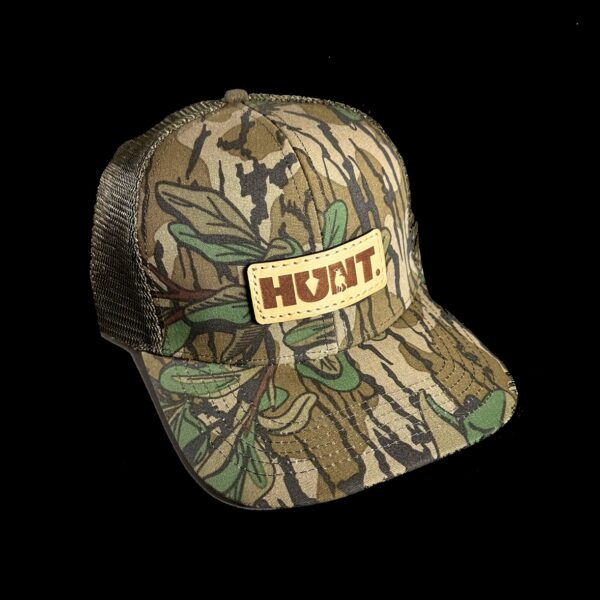
N1 Outdoors® HUNT. Mossy Oak Greenleaf & Olive Camo Leather Patch Trucker Hat
$29.99 Select options This product has multiple variants. The options may be chosen on the product page -
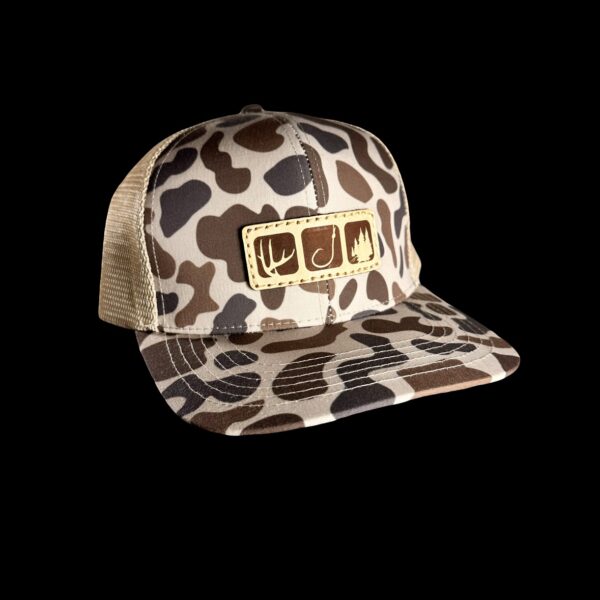
N1 Outdoors® Flagship TriBlock Slough Camo Leather Patch Trucker Hat
$29.99 Select options This product has multiple variants. The options may be chosen on the product page -
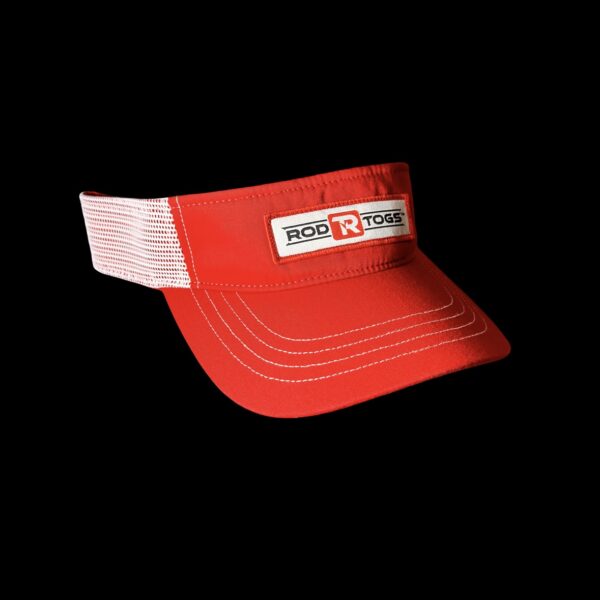
N1 Outdoors® RodTogs™ Patch Trucker Visor (Red w/White Mesh)
$26.99 Select options This product has multiple variants. The options may be chosen on the product page
Identifying Specific Animals From Their Skull
You can identify specific types of animals just by looking at their skull, although medical researchers use medical scanning machines to detect similarities.
If the skull you found is just about the size of the thumbnail of an adult, it’s more likely that it belongs to a shrew or a mouse.
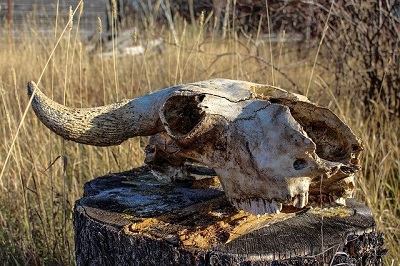
The size of the skull can provide information about animal type. One bigger than two clinched fists could be a cow, horse or other larger animal.
Rats and moles have skulls about the size of the index finger.
Skulls of rabbits and squirrels would have the length of a thumb.
If you find skulls about the size of two clenched fists, you might be holding the skull of either a fox or a badger.
If you found a skull bigger in size than the combined size of your two clenched fists, then you might have found the skull of a horse, cow, deer, or sheep.
Hedgehog Skull
Hedgehogs usually have a row of sharp teeth that are all very similar to each other.
Skulls of hedgehogs are also often found with the spine still intact and connected to the skull.
Rodent Skulls
You can identify rodent skulls by looking at their teeth. They typically have a pair of incisors which can be found in both their upper and lower jaws.
There would also be a gap between the incisors and their cheek teeth. They usually have flat and grinding teeth in their cheeks.
On the other hand, you can distinguish a squirrel skull from the skull of a rat by snout size. A squirrel would have a broader snout than that of a rat.
-
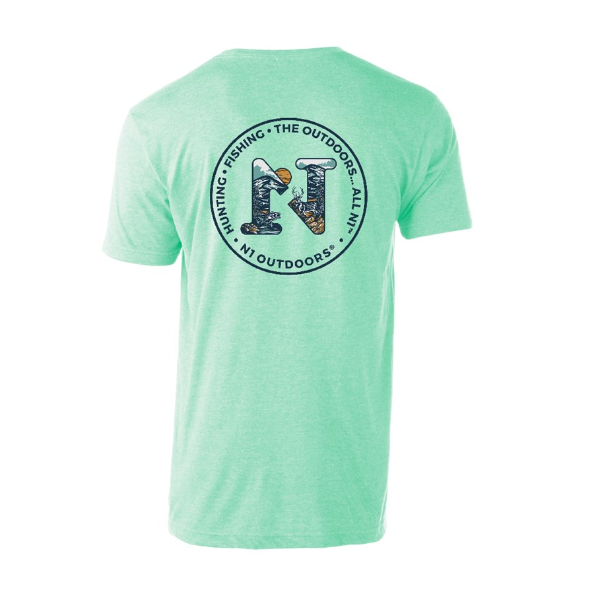
The “Outdoors All N1™” Hand Illustration Tee
Price range: $24.99 through $28.99 Select options This product has multiple variants. The options may be chosen on the product page -
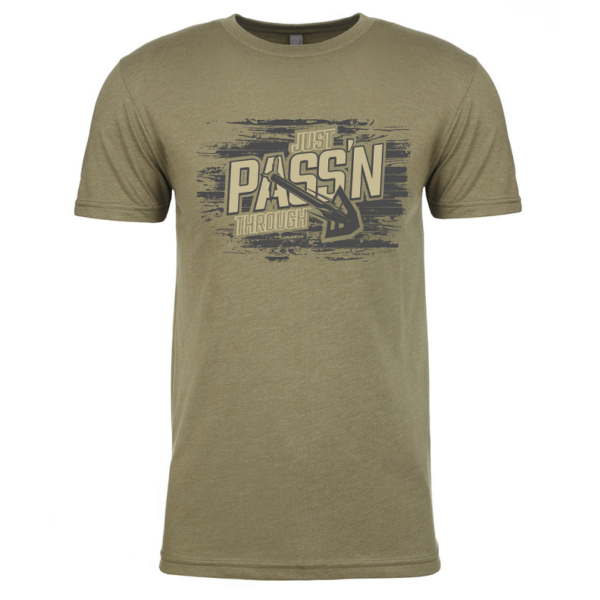
Just Pass’N Through™ Tee featuring Iron Will (Various Colors)
Price range: $24.99 through $28.99 Select options This product has multiple variants. The options may be chosen on the product page -
Sale!
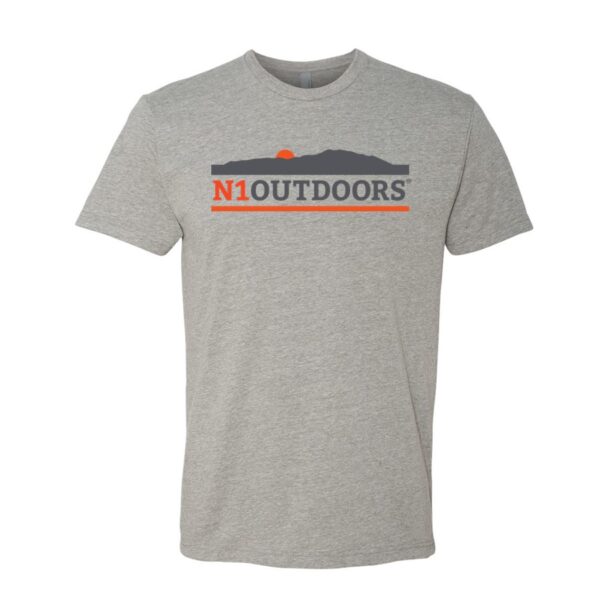
N1 Outdoors® “Sunset Mountain” Tee
$15.00 Select options This product has multiple variants. The options may be chosen on the product page
Mole Skull
Moles typically have a very elongated skull. The length of a mole skull would be about 30 mm. You would find tiny incisors in both jaws. There are usually no gaps behind the incisors.
The other teeth that you’ll find in moles are typically small and pointed. These are usually tightly packed.
Weasel Skull
Weasels typically have long and flat skulls. A weasel skull which can pass through the average wedding ring.
The skulls of their males are usually larger than those of their females across their various species. Their sizes increase gradually from the stoat, mink, polecat, pine marten, and then the otter skull.
The otter skull would typically have a size of about 10 cm in length.
Hare and Rabbit Skull
You can distinguish a rabbit or hare skull from a rodent. Skulls of rabbits and hares typically have a second pair of small incisors. These smaller incisors are usually located in the upper jaws and behind the larger pair of incisors.
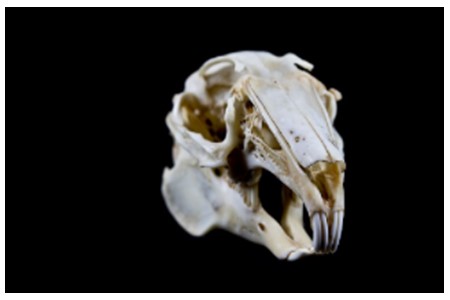
Rabbit and hare skulls have prominent incisors, and often a second set as well.
It’s typical for both rabbits and bones to have prominently parallel cheekbones. You would also see something on their cheek teeth that look like blunt oval surfaces.
Hare skulls can also be distinguished from rabbit skulls because they’re usually larger than the latter. Hare skulls also have wide nasal passages.
How To Clean An Animal Skull
If you would like to clean the skulls you found, here are some suggestions on how you can do it:
- Leave the skulls outside your house. Put them under a flowerpot. Leave just enough gap under the flower pot for beetles to be able to crawl into the insides of the skull.
- You can whiten the skull by washing and wiping it with hydrogen peroxide. You don’t have to use bleach. It’s better to dilute the hydrogen peroxide a couple of times.
- You can also lightly boil the skull in a pot containing water with a bit of sodium perborate. The liquid will act as a bleaching solution and clean up the skull nicely.
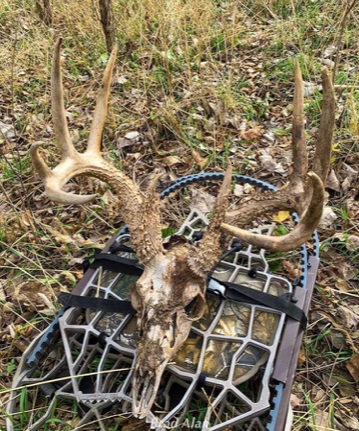
You never know what you’ll find when hunting, camping or hiking. So, hopefully these tips will give you some clues! (photo credit: Brad Alan).
Final thoughts on identifying animal skulls
Skulls have very specific characteristics which can tell you a lot about the kind of animal they are. You’ll know by looking at certain features of the skull whether it was a predator or a prey, whether it walked upright or crawled on four legs, and whether it was a carnivore, herbivore, or omnivore.
So, next time you come across an animal skull while hiking or camping in the woods, do a little investigating and you could learn a whole lot more about what animal it once belonged to!

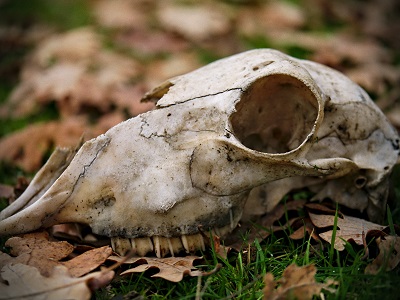
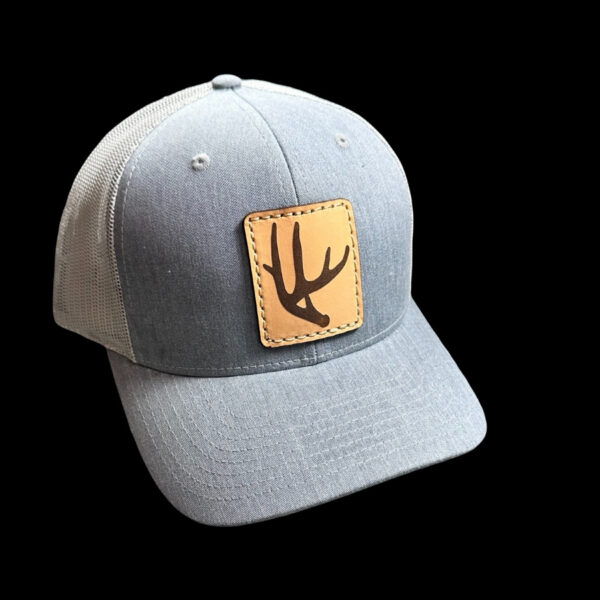
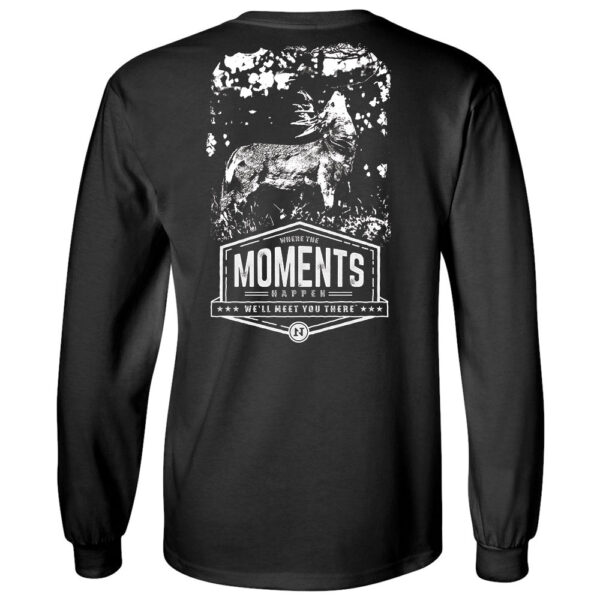



Found very large skull while excavating in Gaylord mi.Where can I send a pic,very large skull
Hi Nick, it might be best to contact the Michigan DNR, as they would be more familiar with the wildlife in your area.